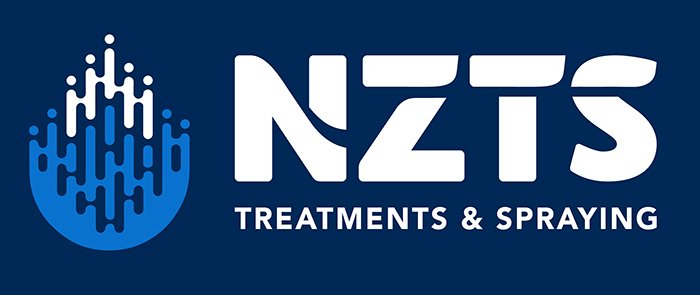Roof Paint Oxidisation – NZTS
Roof Paint Oxidisation Guide – The Signs, Stages and Maintenance
You might have noticed your roof paint start to go dull and chalky looking. Don’t be too alarmed. This is just a natural part of how roofs and roof paints age. Oxidisation can pop up due to a number of factors including sun / UV exposure / heat, contact with oils or other products and mould and lichen. You’ll usually notice it on the north facing sides of your home or building and it will always be more visible on darker shades of paint. Oxidised surfaces are common on aluminium joinery and wall paint also.
Checking for signs of roof oxidisation
Roof oxidisation is relatively easy to check for.
Visual check: You may notice a chalky or dull look to the roof. This could be patchy or evenly spread across the whole face of the roof. This effect is far more visible on darker shades of roofs and roof coatings. Darker roofs may also be prone to faster oxidisation because the hold more heat.
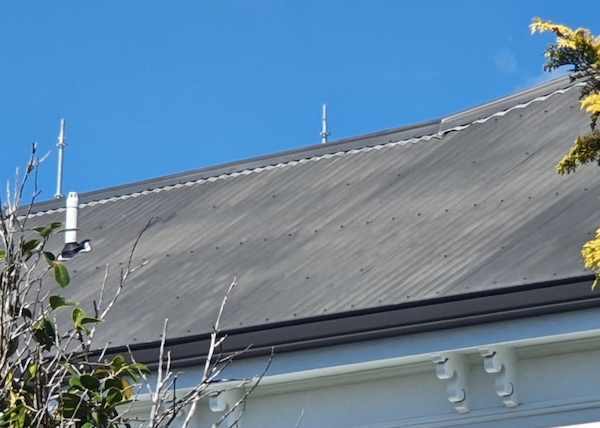
By touch: Oxidised paint work and coatings will generally come away with a rub. This is the top protective layer of paint coming away that has reacting to oxygen and heat over time.
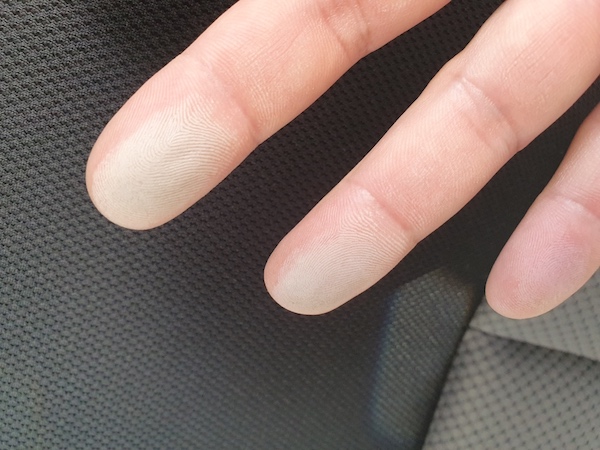
If you’re washing the surface, you’ll notice the colour coming out with the water.
Marks and footprints: Quite often the first noticeable sign of oxidation is marks or footprints left on the roof from trades people or the last people to access the roof to wash it. This is no fault of the trades person or the products used, it’s just the newly compromised paint’s surface being disturbed after the oxidation has occurred.
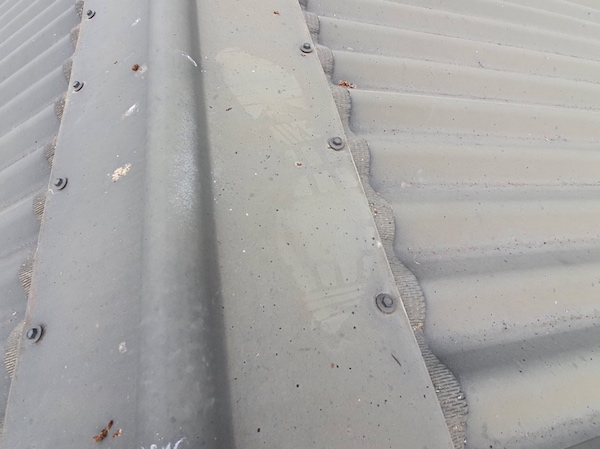
Stages of Oxidisation
- The first stage of oxidisation is the chalkiness and loose surface of the roof paint.
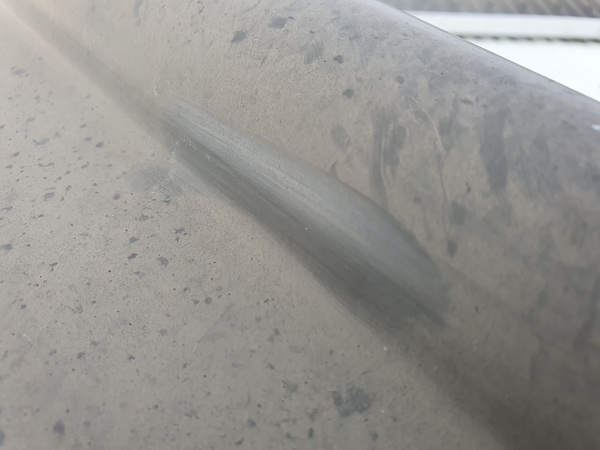
- From there the roof paint is open to absorbing more moisture. This will first affect any areas where the roof paint is thin or areas where there are metals touching like nails, screws or joins in sheets.
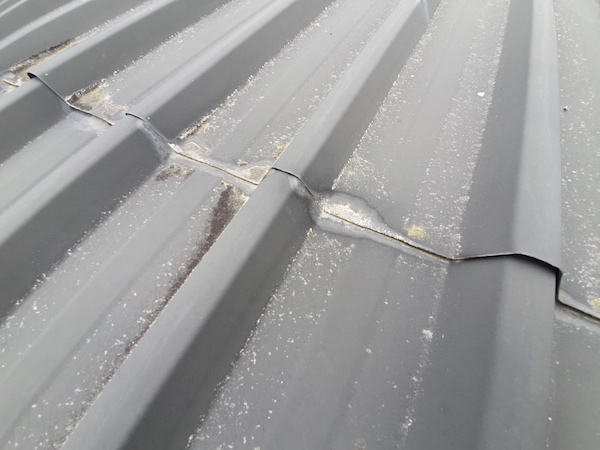
- Rust will then start to form at the areas where the surface of the roof paint has worn thin or worn away.
- The structure of the roof is the next thing to be compromised, heavy rust will form and generally roofs will be beyond roof painting need replacement at this point.
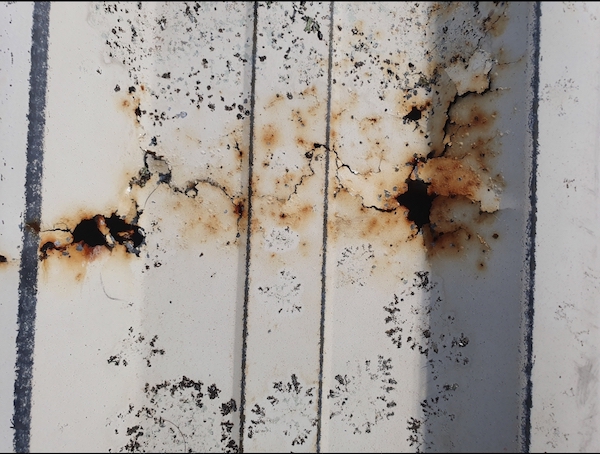
The first signs of oxidation will usually occur anywhere from 3 to 10 years depending on sun exposure and the quality / UV rating of the roofing or roof coating used.
Maintaining an oxidised roof
- Ideally, oxidised roofs should be prepped and recoated. This reinstates the roof to being watertight and lowers the chance of unseen rust establishing itself.
- If painting your roof is out of the budget, then you should keep the roof clean and free of mould until you are ready to repaint.
- If painting your roof is not in the budget and there are more serious signs of degradation and rust on the roof, then you should have the problem areas coated in a rust kill product or a lanolin spray like CRC Lanocote to prevent further degradation in the short term.
Cleaning an Oxidised Roof
It’s tempting to get the roof cleaned to remove the oxidation, sadly though the results from carrying out a roof wash of an oxidised roof are disappointing at best. The oxidation on the roof will look great when it is wet, but the patchy chalkiness on the roof will appear again once dry. Any result achieved by a roof wash will be short-lived as the surface continues to oxidise. It really is best to save your time and money for getting the roof a fresh coat of roof paint.
Thanks for reading and as always feel free to contact us for any further information.
0800 777 296
NZTS Auckland
